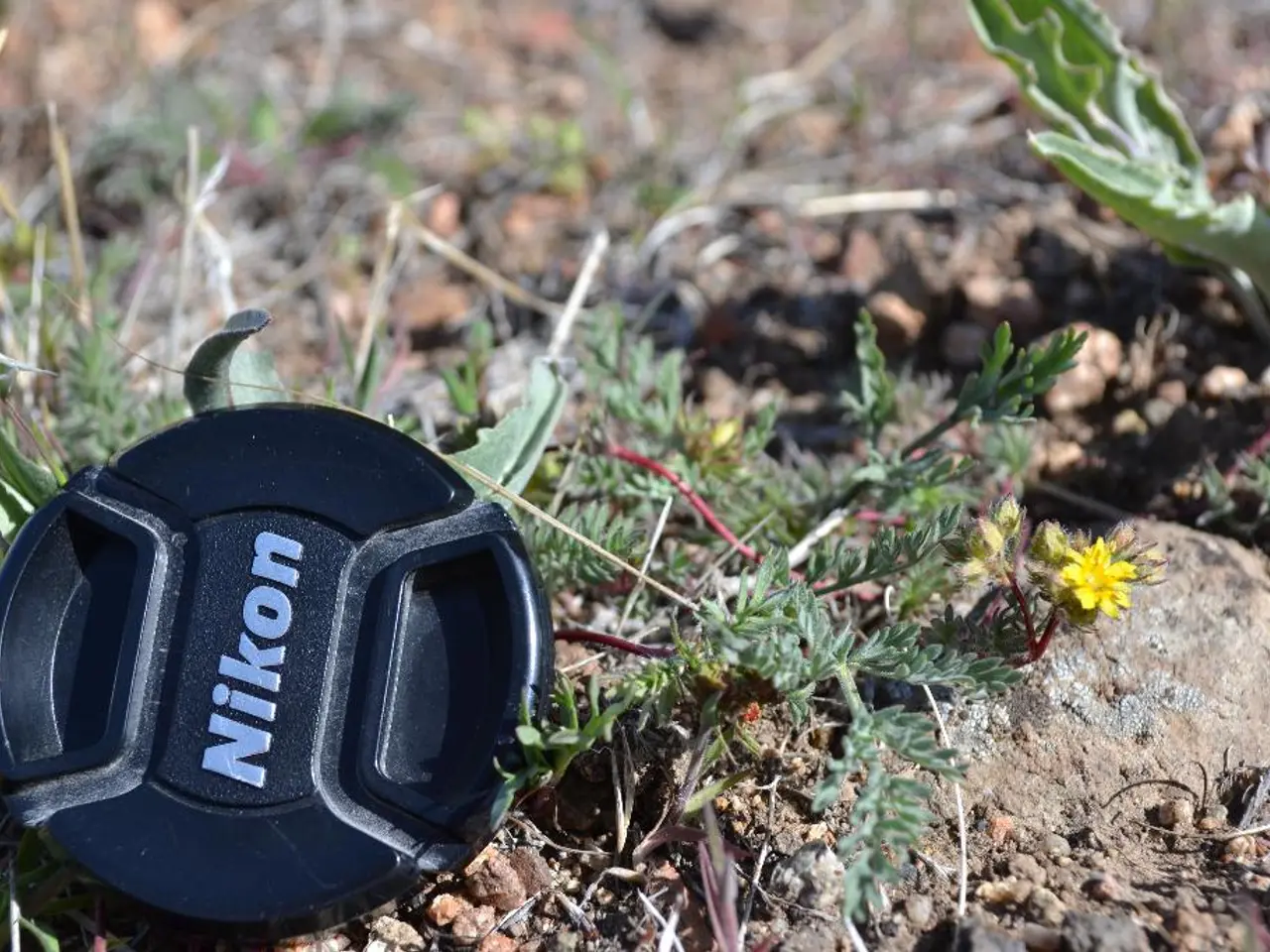Easy-care and environmentally conscious substitutes for traditional green lawns
In the land Down Under, where water conservation is paramount, homeowners are increasingly seeking alternatives to traditional grass lawns. Here are some water-efficient and low-maintenance options that are well-adapted to Australia's climate.
Replacing a grass lawn with native plants, such as weeping grass, can be beneficial in arid environments. These native species are adapted to Australia's drier climate and can potentially increase biodiversity. In coastal regions, considering plants and features that work with sandier soil and weather conditions is advisable.
Meadow lawns, consisting of a variety of grasses, shrubs, and flowers, are another low-maintenance, resilient, and biodiverse option. The Woody Meadow project is developing meadow lawns and gardens in sites across the city and offers project guidelines and planting lists for those interested in creating their own meadow garden.
Clover lawns, buffalo grass, and wildflower meadows are also popular alternatives. These options use significantly less water, require minimal mowing and fertilizing, and are well-adapted to Australia's climate, reducing ongoing care and supporting local biodiversity.
Drought-tolerant groundcovers, such as flowering thyme or Dymondia, provide greenery with much lower water usage than turf. Hardscape elements like natural stone (flagstone, slate, limestone), gravel, or permeable surfaces can reduce lawn area and water need while allowing rainwater infiltration. Installing drip irrigation or soaker hoses to efficiently water plants only where needed, minimizing water waste, is another smart strategy.
Grouping plants by watering needs and using container gardening with hardy plants also help simplify maintenance and improve water efficiency. Transitioning from traditional turf to native or drought-resistant plants combined with smart irrigation and landscaping strategies offers the best balance of water savings and reduced lawn care in Australian conditions.
In addition, rethinking lawn usage can save time, resources, and money. Planting a vegetable or herb garden around a lawn can reduce mowing time and grocery bills. Synthetic grass is an option for a conventional lawn with none of the mowing, but it's more expensive to install, only lasts up to 20 years, can get hot during summer, and isn't as soft as natural grass. It also has environmental drawbacks as it doesn't break down and removes food and habitat for insects and birds.
Repurposing the grass on a nature strip, depending on local by-laws, is an option to replace a lawn. Installing pavers or a patio can reduce the amount of lawn and provide outdoor entertainment spaces. Replacing a grass lawn with mulch garden beds, stone pavers, and ground cover plants can save resources.
Traditional petrol-powered lawn mowers and trimmers account for 5% of air pollution in some countries. Rethinking lawn usage can contribute to cleaner air and a more sustainable environment.
In conclusion, by choosing water-efficient and low-maintenance alternatives to traditional grass lawns, Australians can save water, reduce ongoing care, and contribute to a more sustainable and biodiverse environment.
Advocating for sustainable living, homeowners in Australia are opting for gardening alternatives such as meadow lawns and native plant species, specifically weeping grass, that promote biodiversity. Moreover, adopting a lifestyle centered on water conservation and low-maintenance gardening can lead to a more sustainable home-and-garden setup.




